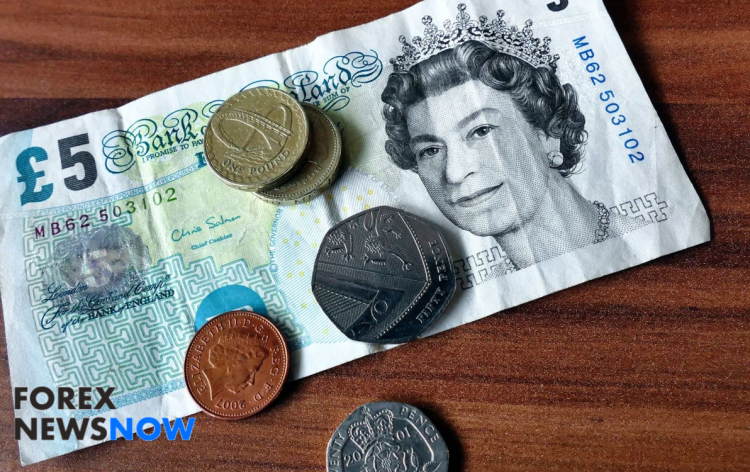Decoding British Price Movements: Insights for Global Economics

In the dynamic landscape of global economics, the recent movements of British prices have garnered significant attention and sparked discussions across financial markets. These fluctuations, spanning various sectors and commodities, hold a profound significance that reverberates beyond national borders.
As the United Kingdom navigates through post-Brexit uncertainties, examining the trajectory of prices offers invaluable insights into the nation’s economic health, consumer behavior, and trade relationships. From the ebb and flow of inflation rates to the intricate interplay between supply chains and demand patterns, decoding the nuances of British price movements paints a vivid canvas of challenges, opportunities, and potential trajectories for the wider world economy.
How is GBP Doint Today?
Despite confirming a breakout beneath the crucial rising trendline from the preceding year, the British Pound maintained a consolidation stance against the US Dollar throughout the previous week. The 100-day Moving Average assumed a pivotal role as a support pillar, preserving the overarching bullish sentiment. However, upon delving deeper into the extensive price movement, a potentially bearish pattern of a Head & Shoulders formation becomes discernible on the daily chart.
For this pattern to potentially unfold, the currency pair must validate the breach beneath the neckline situated around 1.2592. This action would necessitate surpassing the 100-day MA, thereby amplifying the bearish technical conviction and potentially paving the way to revisit March’s lows. Conversely, a critical resistance point resides at the right shoulder, positioned just below 1.2848. The ongoing Death Cross effect between the 50- and 100-period Moving Averages continues to exert its influence.
The preceding week saw Sterling’s inability to surmount the latter on this time frame, thus reinforcing its status as a resistant barrier. A push towards higher levels exposes the 38.2% Fibonacci retracement level at 1.2824, succeeded by the 23.6% threshold located at 1.2946. Should a reversal manifest, vigilant attention should be directed towards the 61.8% level, positioned at 1.2626.
What FX Traders Can Do During Such Situation?
The recent price movements of the British Pound (GBP) against other currencies hold substantial implications for forex traders who utilize GBP as a trading instrument. These fluctuations can present both opportunities and challenges, requiring traders to adopt a strategic approach to navigate the evolving market dynamics effectively.
For traders employing a short-term perspective, the emergence of a potential bearish Head & Shoulders pattern on the GBP/USD daily chart suggests a shift in sentiment. If the exchange rate confirms a breakout below the neckline around 1.2592, it could trigger a heightened bearish momentum. Traders could capitalize on this by executing short positions, seeking to profit from the anticipated downward movement. Additionally, the breach of the 100-day Moving Average as a key support level could serve as a signal for traders to enter or reinforce their short positions.
Conversely, traders with a more conservative approach might await a confirmation of the bearish pattern before committing to trades. They might set entry orders below the neckline, along with stop-loss orders to manage risk in case of a false breakout. Should the GBP/USD pair rebound from the 100-day MA and breach the resistance level around 1.2848, traders could consider long positions with targets set at key resistance levels such as the 38.2% Fibonacci retracement at 1.2824 and the 23.6% level at 1.2946.
In a broader context, traders must remain attuned to fundamental factors influencing the GBP’s movements, such as economic data releases, geopolitical events, and central bank decisions. A dovish stance from the Bank of England or any unexpected developments related to Brexit negotiations could swiftly alter market sentiment.
Ultimately, forex traders using GBP for trading must employ a blend of technical analysis, risk management, and a thorough understanding of market fundamentals. The recent price movements offer a canvas upon which traders can apply their expertise to seize opportunities while mitigating potential risks.


























Comments (0 comment(s))